The water stress all by way of your personal residence should be extreme ample to shortly clear dishes on the kitchen sink. Water stress might drop as a consequence of exterior factors, like a problem with the municipal water present or a leak throughout the incoming water line from the properly system. It might presumably moreover consequence from factors with the home’s inside plumbing, inflicting points with explicit particular person faucets and fixtures.
Low water stress on the kitchen sink is a typical incidence that could be annoying as soon as you’ll want to put together dinner, clear, or scrub the dishes. This disadvantage is commonly as a consequence of particles trapped throughout the aerator, cartridge, filter, or faucet, though some homeowners would possibly have the ability to resolve the issue by completely opening a lot of partially closed isolation valves. With this data, you could uncover methods to verify for low water stress and the perfect strategies to boost low water stress in your kitchen sink.
Testing for Low Water Pressure
Testing the kitchen faucet’s motion charge is the quickest methodology for determining in case you’ve got a low water stress drawback. Often, a kitchen faucet operates between 1.0 to 2.0 gallons per minute (GPM), with a most motion charge of two.2 gallons per minute. To measure the motion charge at your kitchen faucet, flip the water to full stress and let it run for a few minute. After a minute, place a five-gallon bucket beneath the faucet to catch the working water.
Start a timer as rapidly as you set the bucket in place and run the timer until the bucket is full. To hunt out the motion charge of the kitchen faucet, divide the number of gallons by the purpose it took to fill the bucket. As an example, if it took 5 minutes to fill the bucket, divide 5 by 5 to go looking out that the faucet has a motion charge of 1.0 gallons per minute. If this measurement is lower than common, maintain finding out to review 10 strategies to increase the low water stress in your kitchen sink.
How one can Improve Low Water Pressure in Your Kitchen Sink
1. Clear the Aerator
The aerator is among the many first points to look at when there’s a matter with the water stress at your kitchen sink. The aerator is a changing into positioned on the spout of the faucet, which breaks up the water motion into many tiny streams to chop again faucet noise and produce a straight and even stress stream. If particles turns into trapped throughout the aerator, it’d in all probability reduce the water stress.
To restore this disadvantage, use pliers to softly grip and unscrew the aerator from the faucet’s spout. Rinse and take away any particles, after which reinstall the aerator. If the aerator is clogged with mineral deposits instead of free particles, you may should soak it in a bowl of vinegar in a single day to dissolve the scale buildup sooner than reinstalling it.
2. Clear and Flush the Faucet
Every new and former faucets can develop to be clogged as a consequence of plumbing tape, plastic, mineral deposits, and completely different particles. In case your kitchen faucet was simply these days modified or the water stress out of the blue dropped, you may wish to scrub and flush the faucet to revive the water stress. This consists of flushing the faucet’s housing to eliminate any particles that could possibly be trapped inside.
- Start by turning off the water at the hot and cold isolation valves positioned beneath the sink.
- Flip the faucet on to empty any remaining water, disconnect the water present traces, and unscrew the retaining nut.
- Elevate the faucet out of the sink and study it for particles.
- Take away trapped particles with needle nostril pliers, and place the faucet assembly in a bowl or bucket of vinegar in a single day to dissolve any scale buildup.
- Flush the faucet with warmth water at a close-by toilet sink to rinse out any leftover particles.
- Reinstall the faucet, tighten the retaining nut, and reconnect the water present traces.
- Open completely the hot and cold isolation valves positioned beneath the sink and activate the faucet to verify the water stress.
3. Completely Open the Isolation Valves
Should you occur to look beneath the kitchen sink, it’s best to see a chilly and heat water line with a small angle stop isolation valve on each line. These valves make it simple to conduct repairs and replacements on the kitchen faucet without having to shut off the water to your whole residence. However, if the valves aren’t completely open, the motion of water to the kitchen sink is restricted, decreasing water stress.
This disadvantage is straightforward to restore. Confirm beneath the sink to see if every the hot and cold isolation valves are completely open. Within the occasion that they aren’t totally throughout the on place, rotate them to completely open them and restore water stress.
If one or every of the valves spin with out affecting the motion of water, you may hire a plumber to change the faulty valves.
4. Unkink the Water Present Traces
Very like kinking a yard hose to restrict or completely stop the motion of water, the water present traces beneath the sink can develop to be kinked in the event that they’re shoved into home with out relevant room or wound too tightly to allow the water to motion freely. When this happens, the motion of water to the kitchen faucet is diminished, and likewise you might uncover a drop in water stress.
Resolve this drawback by first checking which water present line is kinked. If the kink occurred simply these days, you can usually straighten it out and reposition the water line to forestall it from kinking as soon as extra; if the water line has been kinked for a really very long time, you may should totally substitute it with a model new water line to revive the motion of water. Be sure that to determine on a different that matches the home to stay away from this drawback eventually.
5. Flush the Pull-Out Hose Filter
Not all faucets are the equivalent. Some have a pull-out hose that may be utilized to intention the faucet’s spout and administration the course of the water. These pull-out hoses might have a built-in filter which will develop to be clogged with sediment, scale buildup, or completely different particles, leading to a drop throughout the water stress on the kitchen sink. It’s possible you’ll restore this disadvantage by cleaning and flushing the filter.
- Pull out the hose ample to entry the underside of the take care of, and use pliers to remove the take care of from the hose.
- Discover and take away the cylindrical mesh filter on the bottom of the take care of.
- Take away any seen particles, and flush the filter at a close-by toilet sink. If substantial scale buildup stays, place the filter in a bowl of vinegar in a single day to dissolve the buildup.
- Rinse the filter sooner than reinstalling it throughout the base of the take care of. Then, join the take care of to the hose, guaranteeing the connection is tight.
- Activate the water to verify the water stress.
6. Flush the Water Present Traces
The water present traces are liable to kinking and turning into clogged with sediment, scale buildup, and particles. First, decide which water present line is inflicting the water stress disadvantage by turning on solely the chilly water after which switching to solely the brand new water. If every traces appear to be restricted, you can alternate between them to flush the traces.
- Start by turning off the brand new water isolation valve positioned beneath the sink.
- Using pliers, disconnect the brand new water present line from the isolation valve. Then, preserve the tip of the availability line over a bucket to forestall water from spilling beneath the sink.
- Activate the faucet and allow the water to run into the bucket for about 10 seconds to flush the highway. If the faucet has only one take care of, it should be set to a neutral place between chilly and heat, however when it has two handles, every should be completely open.
- Flip off the faucet and reconnect the water present line to the brand new water isolation valve.
- Open the brand new water isolation valve, then activate the faucet to verify the water stress.
- If important, repeat this course of with the chilly water present line.
7. Regulate the Pressure Regulator
Relying in your personal residence plumbing system, a stress regulator valve (PRV) might restrict the motion of water to the kitchen sink and completely different plumbing fixtures all by way of the home. Such a valve controls the water stress coming into and flowing by way of the home to forestall hurt to the plumbing as a consequence of extreme water stress, nonetheless whether or not it’s set too low, you may uncover a significant drop in water stress.
Discover the stress regulator valve near the precept water shut-off valve for the home. It should have an adjustment screw on the very best that could be turned clockwise to increase the water stress all by way of the home.
Regulate the stress solely as so much as needed, sustaining the motion charge below 2.2 GPM to stay away from damaging the plumbing system.
Should you occur to don’t actually really feel assured making this adjustment by your self, hire a plumbing expert to complete the adjustment and verify the water stress.
8. Discover and Restore Leaks, Corrosion, and Completely different Pipe Points
Points with the pipes all by way of the home would possibly lead to low water stress on the kitchen sink. Leaks can impact the water stress and set off water hurt, mould progress, and decay. Equally, excessive corrosion would possibly lead to a break throughout the water line, whereas substantial scale buildup can significantly restrict the motion of water all by way of the home.
Should you occur to suspect a problem with the pipes, study the plumbing as best as attainable. However, in case you aren’t assured in your knowledge of plumbing methods, hire a plumber to look at and restore any leaks. Furthermore, a plumber can decide and substitute severely corroded or restricted pipes to boost the water stress.
9. Enhance to Larger Water Traces
The scale of the pipes supplying water to the faucet impacts the water stress on the kitchen sink. Even when the home has new plumbing traces which may be totally unrestricted by particles or scale buildup, the water stress is also lower than anticipated if the pipes are too small for the home.
The widespread residence has 1/2-inch or 3/4-inch plumbing, whereas greater properties might have 1-inch or 2-inch traces. If the water stress is just too low, upgrading the water line might improve it. However, if the water traces are already massive sufficient for the amount of water coming into the home, the water stress will not improve by upgrading the traces. Search the recommendation of a plumber sooner than starting this endeavor to search out out if this restore will work in your residence.
10. Arrange an Under-Sink Pressure Booster
When the plumbing system is working appropriately, nonetheless you proceed to aren’t getting ample water stress to wash the dishes or fill a bucket, placing in an under-sink stress booster is another choice. When you activate the faucet on the kitchen sink, the water flows by way of the stress booster, the place a motor-operated impeller will improve the water stress sooner than it exits the spout. Most house owners might want to hire a plumber to ensure the stress booster is put in and dealing appropriately.
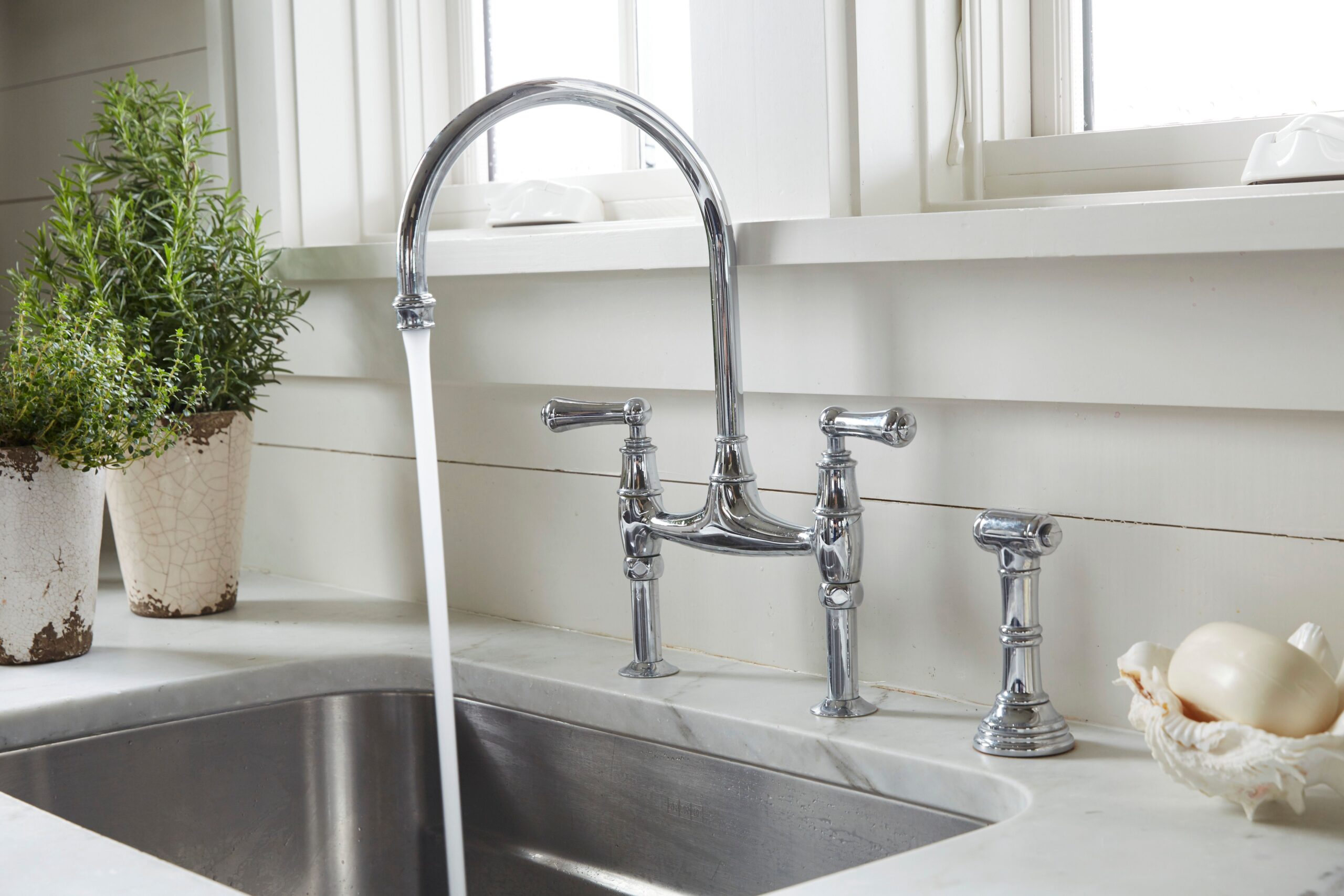

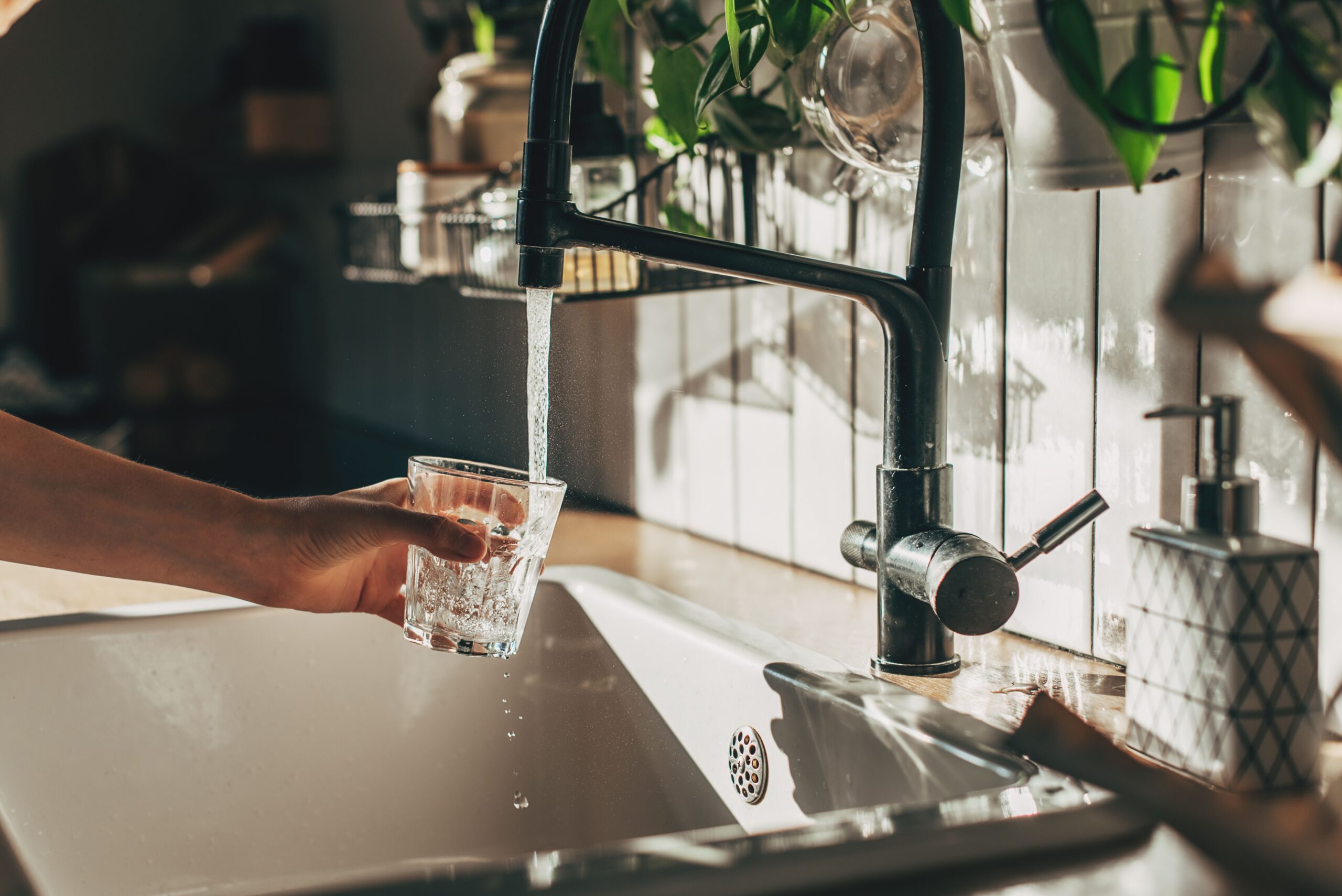
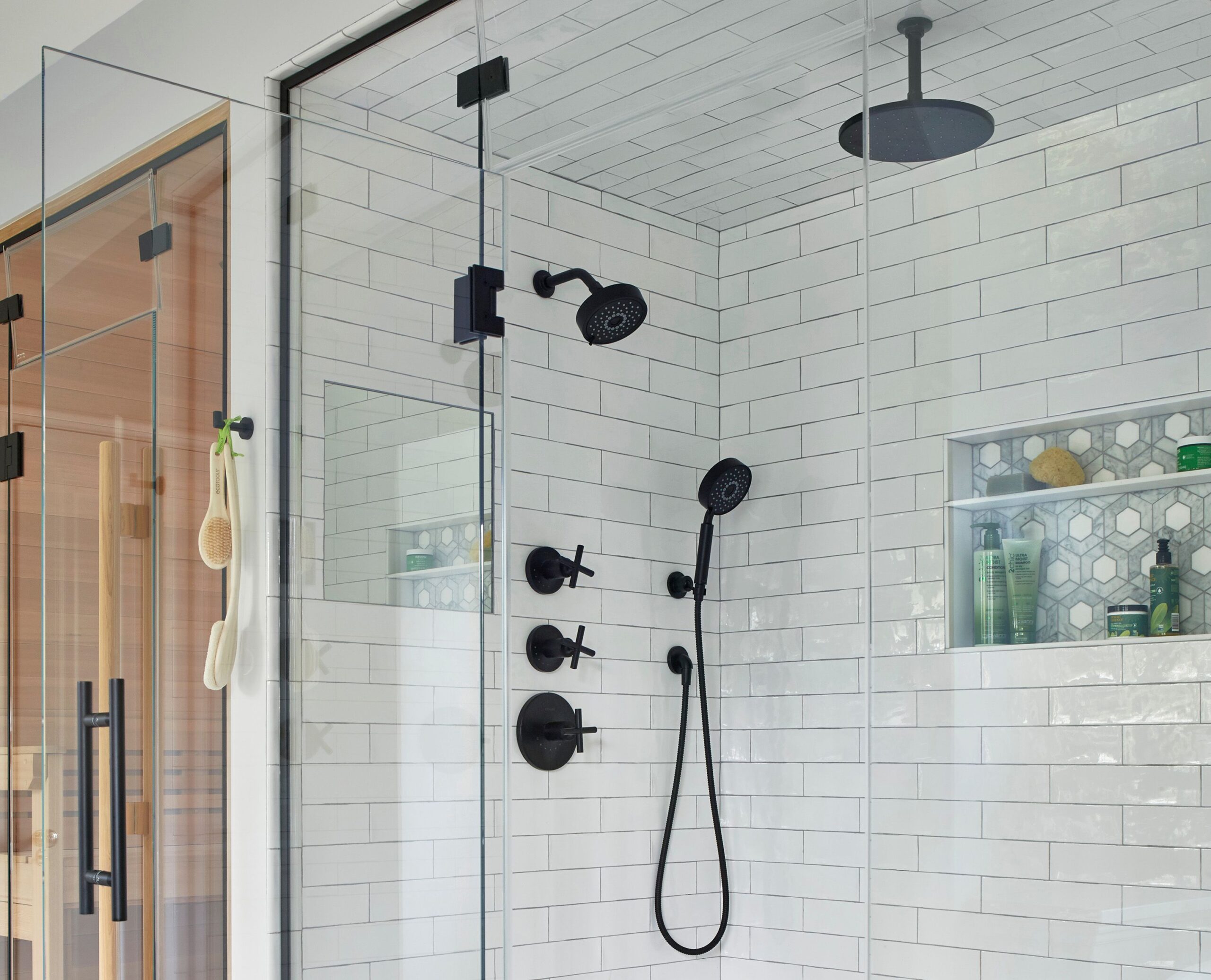
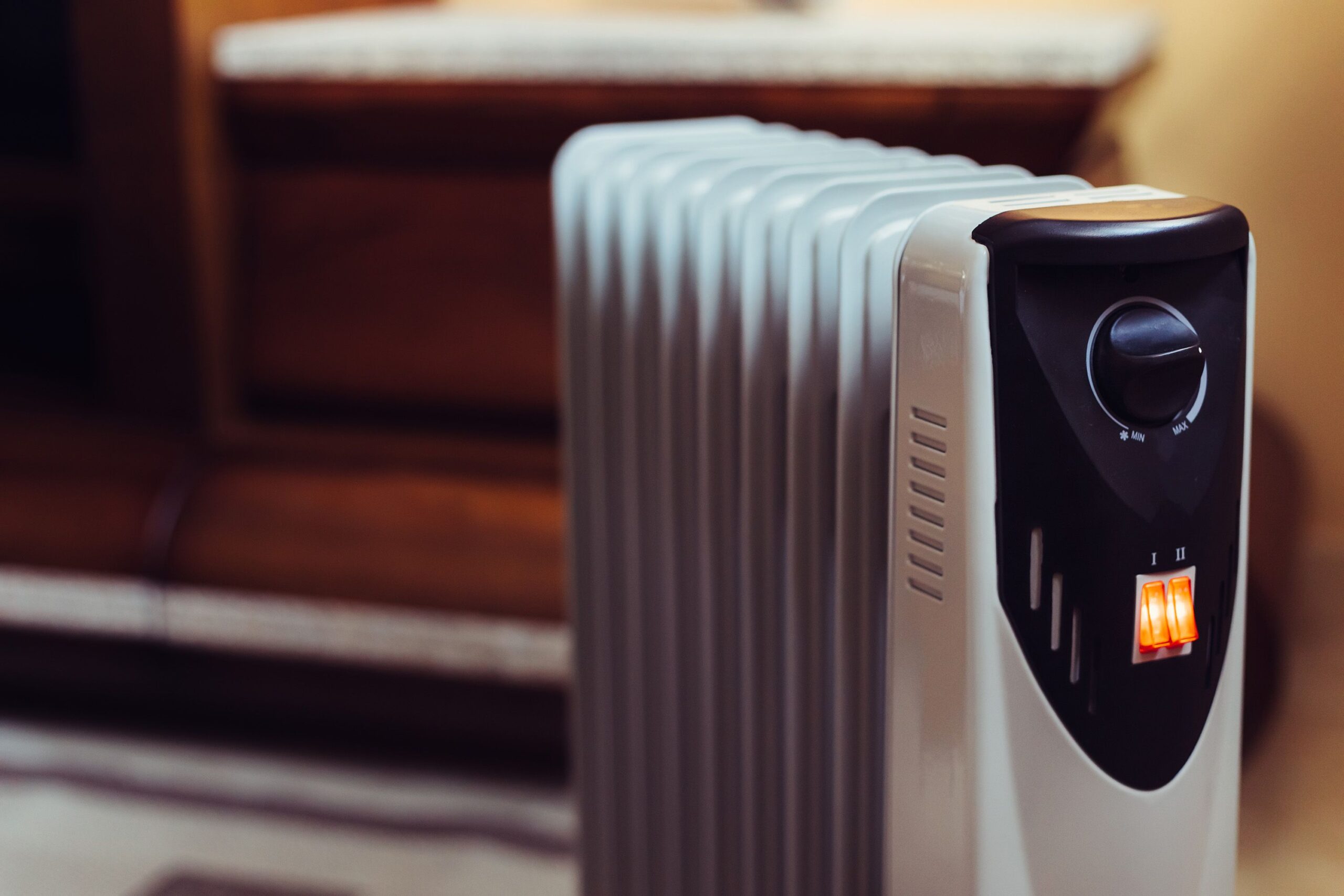
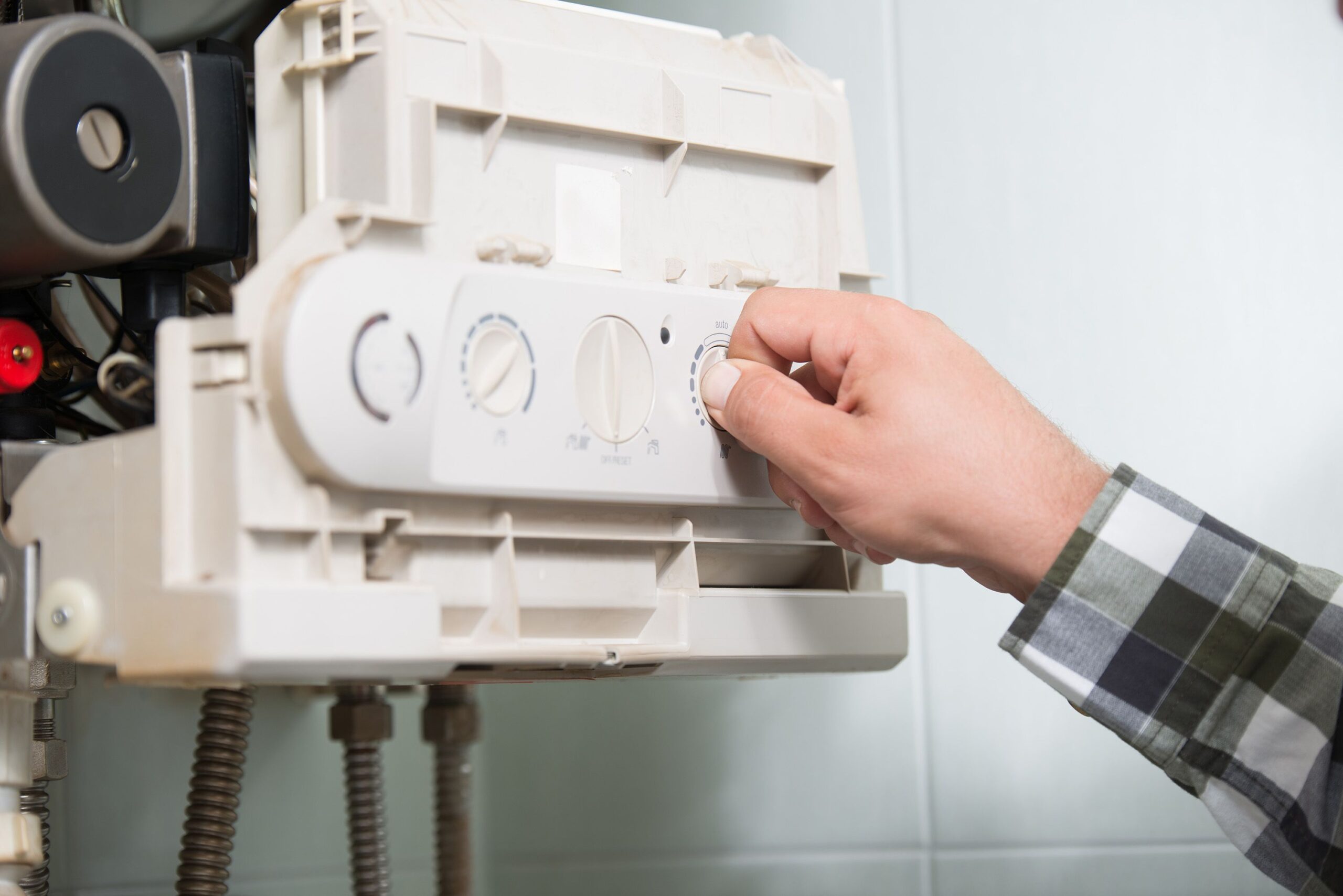

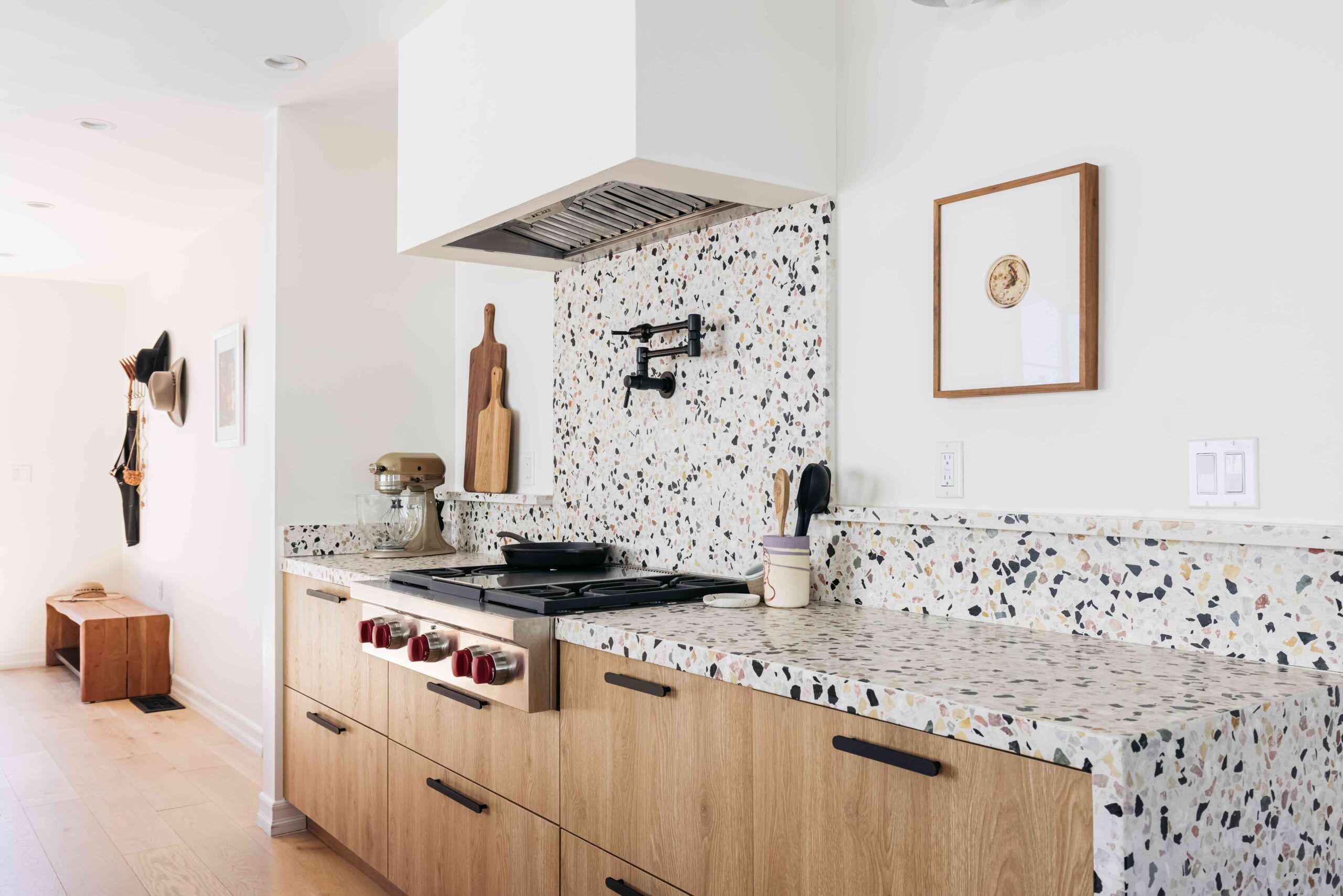



Leave a Reply